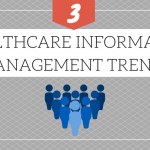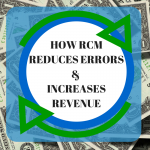With new advances in the way medical information is transcribed, stored and transferred, technology has created more variables to a provider’s success than ever before. Between tangling with mountains worth of paperwork, handling claims denials and riding the learning curve of new systems like EHRs and ICD-10 coding, there can be lots of room for error and, consequently, potential revenue that slips through the cracks.
Luckily, revenue cycle management systems are here to help. They can streamline a vast array of your most intensive processes — like admitting, coding, balancing budgets, billing and filing claims — in order to provide a supreme level of oversight and control. This control in turn helps you avoid common RCM problems that lead to lost revenue, profitability and productivity.










